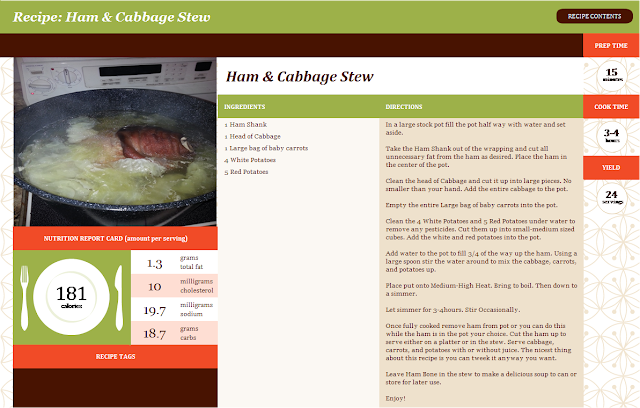This analysis explorer’s one published article named "Communication Problems at Ozark Corporation" written in Supervisors Today on how one lead supervisor communicates to another. In this article one lead supervisor named Sam Case and a new supervisor named Paul encountered ineffective communication that caused the loss in production and Section A’s production line to be shut down again. There are several ways this could have been prevented through effective communication. Also, knowing the barriers to effective communication and the implementations it can cause will help Sam and Paul become better supervisors in the long term.
The communication between the two supervisors was very broad and weak which caused ineffective communication and loss in production. According to the article “March is the busiest time of the year at Ozark Corporation. Thus, when the production line in Section A has trouble for the second time in a week, Sam Case decides he’d better get it straightened out immediately. As the lead supervisor, Sam is directly in charge of Sections A and B. Sam calls in Paul Banks, the new supervisor in Section A” (Robbins, DeCenzo, and Wolter p.277). Sam knew there was a problem with one of the production lines and needed to find out what the issue was by discussing it with Paul. Sam’s approach to Paul on the problem with the production line was direct and forward about fixing the problem immediately. To better understand what happened between Sam and Paul’s communication here is the discussion of the production line they discussed;
“SAM: Paul, we seem to be having some problems in your section. The line has been down twice in the last three days. This is our busiest time of the year. We can’t afford to have recurring problems of this type. I want you to stop that quality-control project I have you working on, find out what the problem is out on the line, and get rid of it.”
“PAUL: Okay, I’ll get out there, find out what’s causing the problem, and get rid of it.”
“SAM: Fine.”
(Robbins, DeCenzo, and Wolter p.277)
In their discussion between each other as supervisors were very ineffective communication. Sam, I had told Paul to find out why the line was continuing to shut down and to “get rid of it” (Robbins, DeCenzo, and Wolter p.277). There are several steps that Sam should have taken in providing effective communication. Sam clearly stated that he wanted the problem taken care of right away or that was the impression that Paul had received. Sam did not clearly state to Paul to have the issue taken care of at the end of the work day.
Sam should have first asked Paul if he knew what was causing the line to breakdown so many times. If Paul didn’t know the issue then Sam should have confronted the situation about preventative maintenance. However, if it was not in Paul’s job description to do preventative maintenance or troubleshoot issues then it would not be Sam’s place to discipline Paul. Sam should have just asked Paul to find out what the issue was with the Section A production line and report back to him so they both could discuss a solution together.
As for Paul, there are several things that he had done wrong as a supervisor. A majority of supervisors in a production line setting if they are in charge of a section then they are responsible for all aspects of the line, including maintenance. When Paul was confronted about the production line being shut down so many times he should have known the problem and/or issue. By not knowing what the problem and/or issue may imply to his boss Sam that he is not doing his job effectively. Also, when Paul responded that he would “get rid of it” he should have been more specific to Sam as to how soon he would solve the problem or ask when an appropriate time would be to fix it (Robbins, DeCenzo, and Wolter p.277).
One solution that could have prevented the ineffective communication is active listening skills. Active listening means you are giving the individual speaking your undivided attention and asking necessary probing questions to understand what you are hearing. Paul nor Sam was successful in conducting active listening. Paul may have emphasized and repeated what Sam had said to him so there was no question. However, by Paul nor Sam asking any questions at all on the matter at hand caused for conflict. Paul was under the impression to get the problem fixed right away. So Paul found out from the mechanic that it was a mechanical issue and had the mechanic replace the part during production hours. By Paul having the mechanic replace the part during production caused the line to be shut down again which Sam thought was unacceptable.
If Paul and Sam had used active listening they could have worked out a solution together to determine the best course of action on fixing the problem. Instead, Paul took it upon himself to have the problem fixed right away rather than at the end of production hours. Sam didn’t specify to Paul when he wanted the problem fixed, Sam just stated “get rid of it” (Robbins, DeCenzo, and Wolter p.277). Sam could have asked Paul to notify him when they found the problem or why he didn’t know what the problem was from the beginning.
Sam and Paul can become better supervisors from this experience by using active listening and effective communication. Instead of just assuming, ask questions to better understand the situation better. By using these skills and communicating, effectively will make the production run smoother and the supervisors will be more proactive at finding the problems before they start.
References
Robbins, S., DeCenzo, D., & Wolter, R. (2013). Supervision Today! (Seventh ed., pp. 1-475). Upper Saddle River, NJ: Prentice Hall.
Side Note:
Tired of spending $5, $8, and $10 for a box of K-Cups? A majority of grocery stores and supermarkets have individual coffee filters for Keurig's. Using individual coffee filter for your Keurig will save you more than $100 a month alone on coffee and you can still use your favorite coffee! Here is what some of them look like;
P.S. - A four pack at Winn Dixie is only $7!























